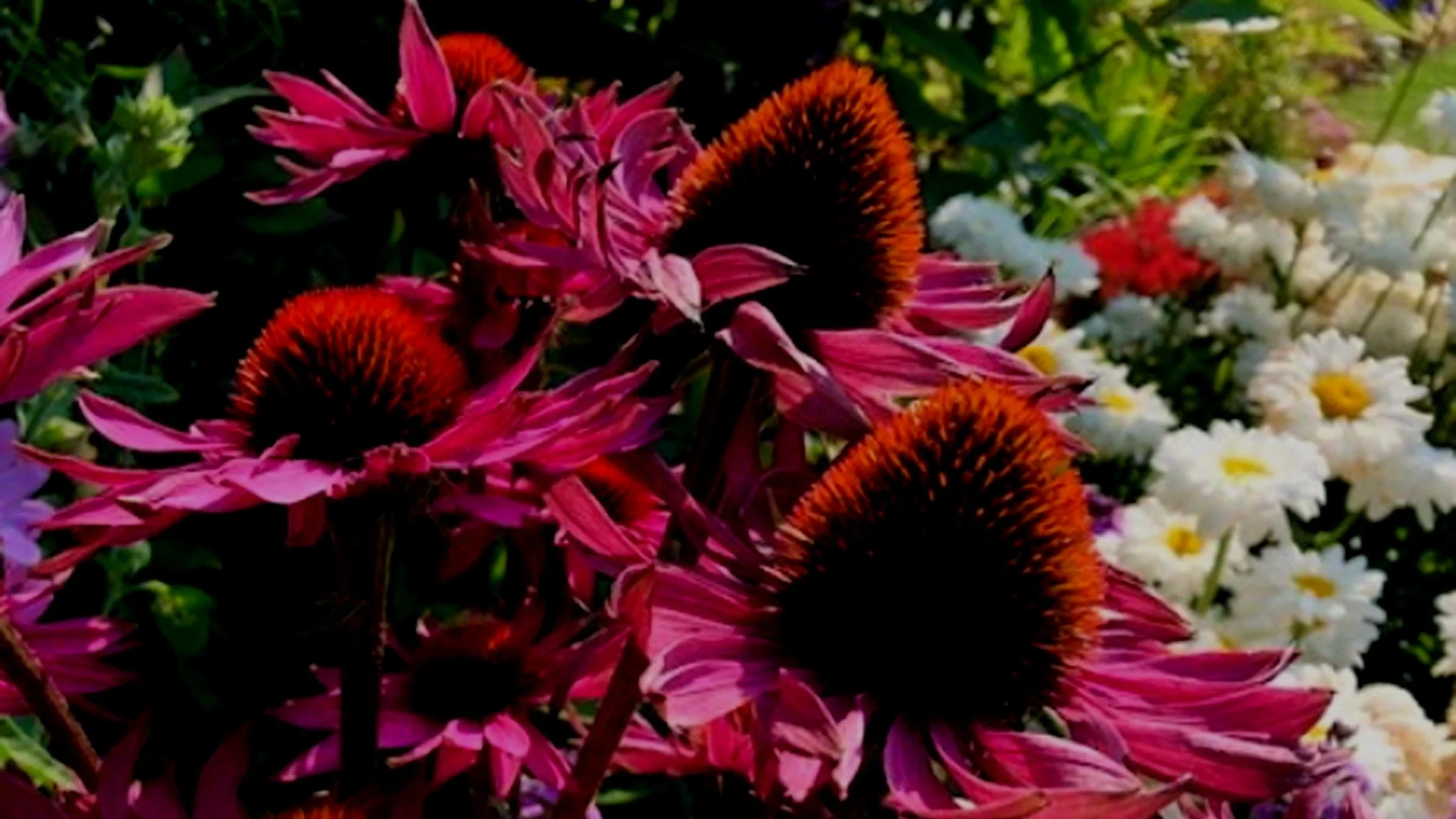I had an interesting conversation with a customer a few weeks ago. She was of Asian decent and was raving about our Hybrid Tea Roses. I understood her to say that she was amazed at the variety of roses that she could make tea from. I presumed she was talking about using the rose hips to make tea, but she clarified for me what she meant… In China, they make tea out of rose petals and she assumed that the words Hybrid Tea meant that these particular roses were grown for making special teas. It got me thinking about the name “Hybrid Tea” and the fact that in my many years of gardening I had never given any thought as to where that name came from. So off to the internet I did go…
Turns out that “Tea” roses originated in China several centuries back and the name is derived from the fact that the fragrance of the flowers reminded people of the smell of brewing tea. The original tea roses were larger shrubs with big flowers that had weak “necks” so the flowers were always nodding down.
Hybrid Teas - In 1867, Guillot of France introduced what would be the first hybrid tea rose. Named La France, it had a strong fragrance and a large, full bloom. It was the first hybrid tea in existence. When most gardeners think of roses they are thinking of hybrid teas with their long stems that make for good cut flowers. They usually grow to 4 to 5 feet tall and like all roses, prefer full sun.
Floribundas - Jackson and Perkins was the first company to use the term floribunda in the early part of the twentieth century. It is a cross between a polyantha and a tea rose. Generally, floribundas are smaller shrubs reaching only 3 to 4 feet tall and have an “abundance of floras” or flowers. They can be single or double blooms and come in a wide range of colors. ‘Playboy’ is one of my favorites, as well as ‘Sun Sprite’ - the first yellow to bloom in my old rose garden. I tend to prefer the simplicity of the single forms, which are also easier for the pollinators to access.
Grandifloras - The grandiflora rose is a hardy cross between a floribunda and a hybrid tea. They have large blooms that are clustered on long stems, making them good for cut flowers. The ‘Queen Elizabeth’ was the first grandiflora rose to be developed - a sturdy tall grower reaching 6 to 7 feet tall with lots of pink blooms. Just think of “grand blooms” for grandiflora.
In addition to the above types, we also have climbing roses, landscape roses, and ground cover roses - to name a few. Climbers obviously need to grow on a trellis or arbor. Landscape roses are more like hardy shrubs with rose-like flowers that will bloom all summer but often have little to no fragrance (except for a new one called ‘At Last’) and ground cover roses are essentially the same only they are more compact and closer to the ground.
Getting back to the rose tea conversation, it turns out herbal teas (also known as “tisane”) using rose petals make a very refreshing tea. It’s as simple as pouring some boiling hot water over a carafe partially filled with rose petals and letting it steep for a few minutes. Adding some lemon verbena or mint seems to be a popular combination too. If you try it, make sure that your rose petals have not been treated with any pesticides. Cheers to roses!


